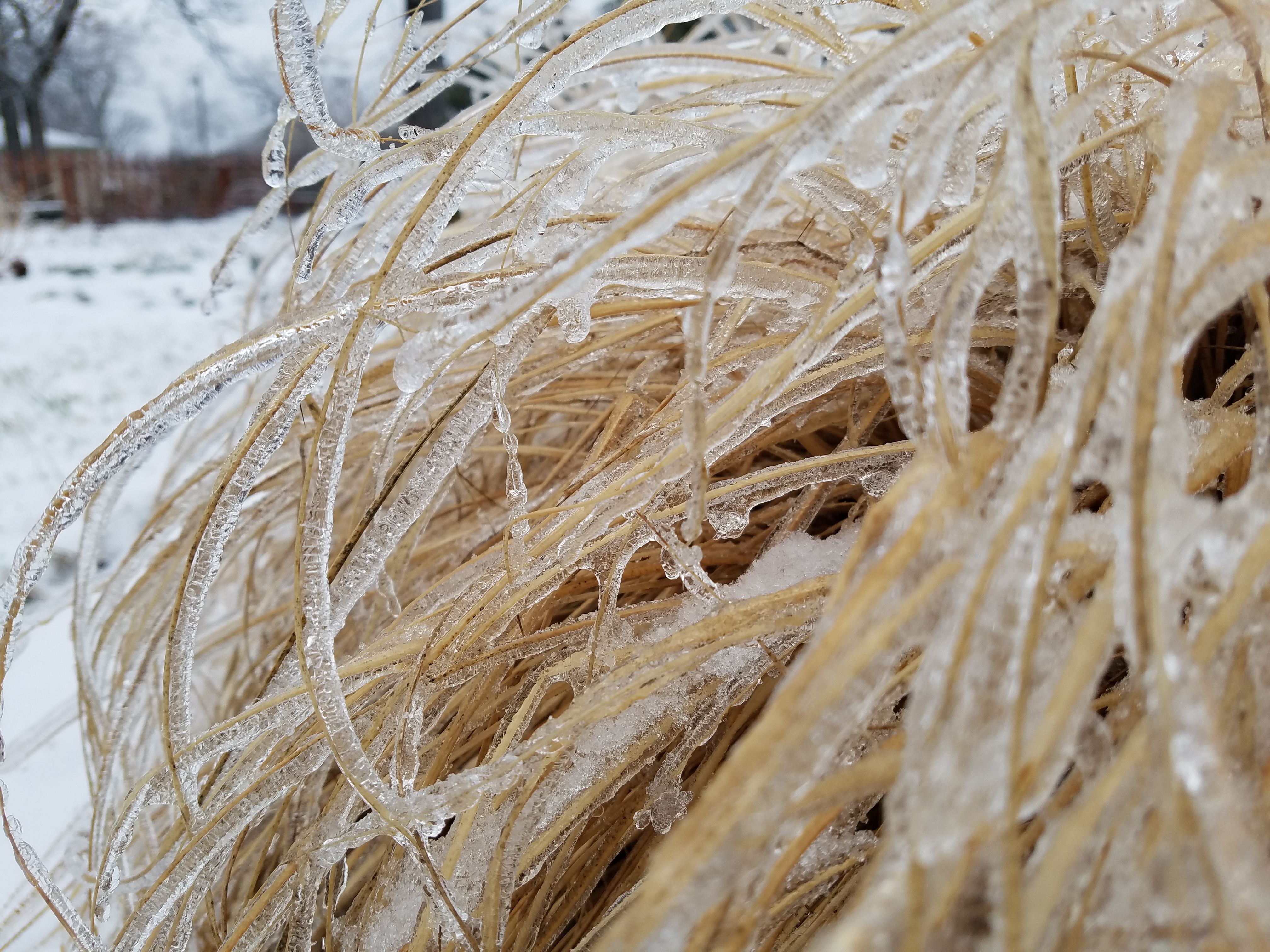
Silvery frosted roofs and white laced grass greeted the December dawn. Although we haven’t experienced any measurable snow yet, we are a mere week away from the first official day of Winter. And with that will surely mean snow is in our future.
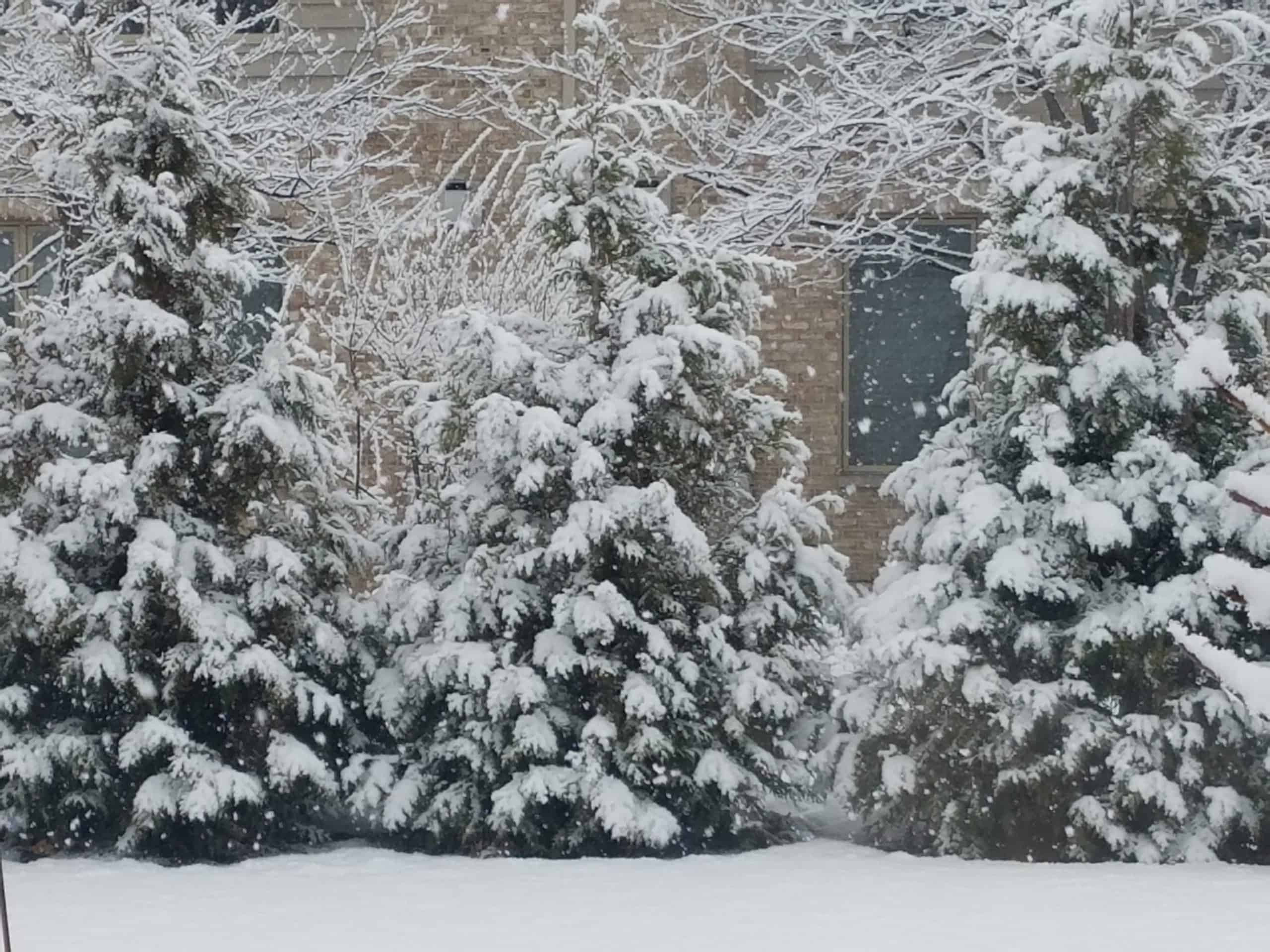
As we begin to plan and prepare for Winter’s wrath, we often look to salt to help our plight. Although effective, salt can be detrimental to our environment. More specifically our lawns, plants and trees.
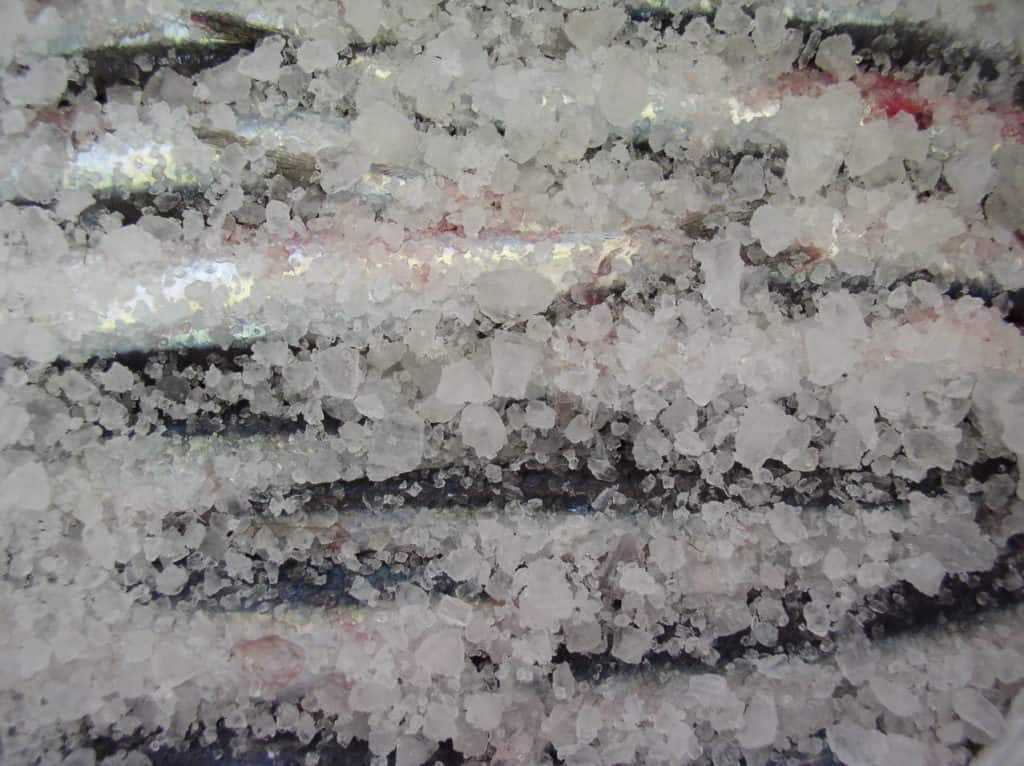
Salt damaged turf along driveways, sidewalks, and roads appears brown, burnt, and dead. As snow melts and Spring rains arrive, the salt is generally diluted and leaches through the soil to a level below the root zone, making reseeding and overseeding possible. If Spring rains are sparse, it is sometimes recommended that you flood the affected areas with a hose to further dilute the salt, lowering the salt content of the soil to an acceptable level. Some even suggest spreading gypsum or limestone in an effort to return balance to the soil. Unfortunately, there are no effective preventative measures, other than to stop using salt altogether
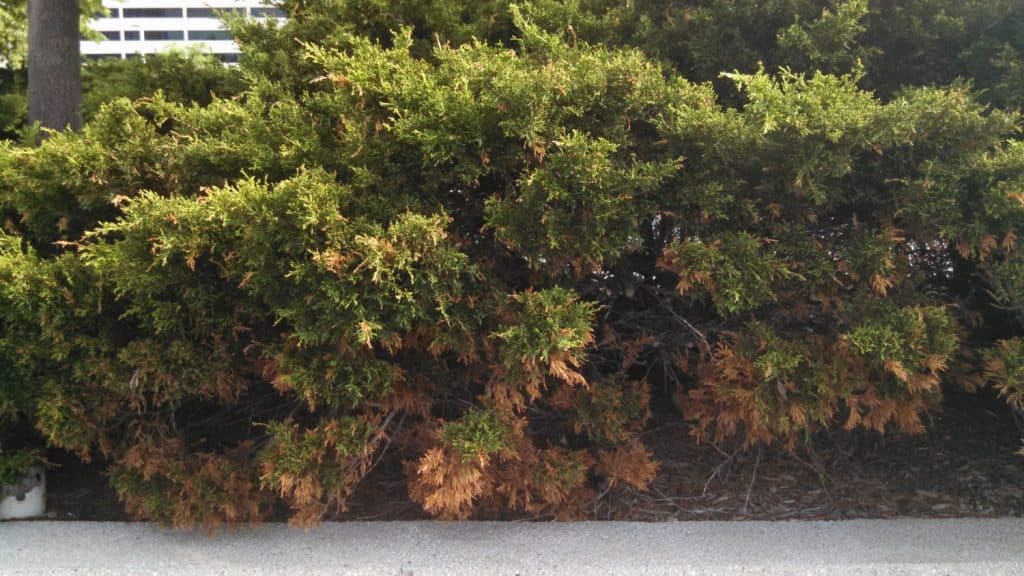
Salt damage to plants is two-fold. It is first manifested through the soil where sodium and chloride ions separate after dissolving in water. The sodium then inhibits the roots’ ability to absorb other critical nutrients. The plant then absorbs the chloride which interferes with the ability to photosynthesize. Secondly, salt pulls water away from the plant’s roots and leaves, which can ultimately kill a plant.
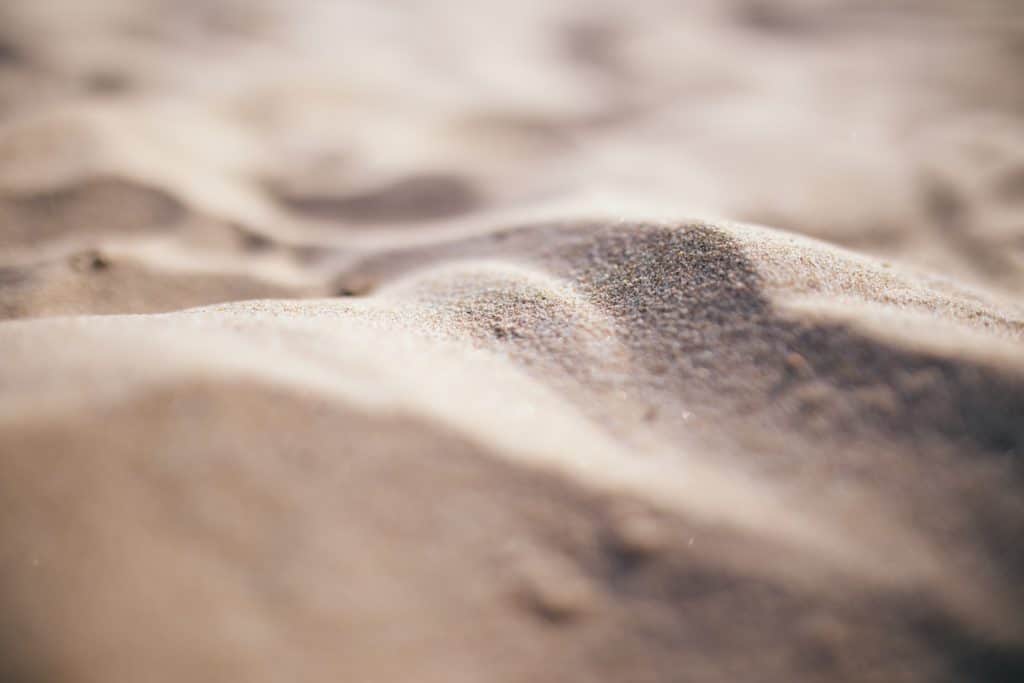
Alternative de-icers are highly suggested, like calcium chloride or even sand. Another option is to utilize salt tolerant plants in areas where salt is commonly used.
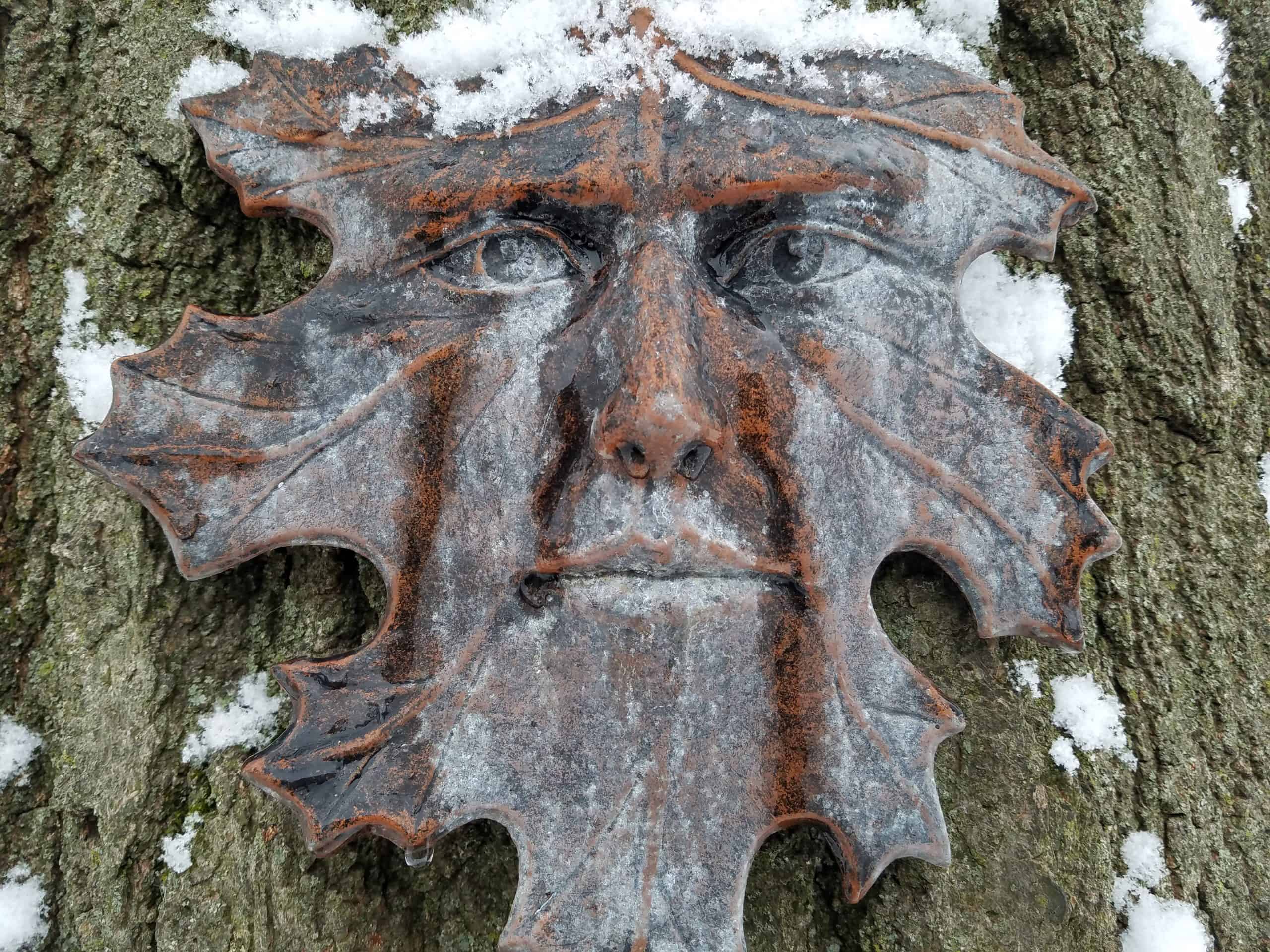
As we begin our journey into Winter and prepare for future snowfalls, look to alternative de-icers when possible and reach out to Sweeney’s for suggestions and ideas on salt tolerant plants. Your lawn, your landscape, and the environment will be forever grateful. We proudly serve the communities of Villa Park, Elmhurst, Oakbrook, Oakbrook Terrace, Glen Ellyn, Lombard, Wood Dale, Itasca, and more!
Sweeney’s: A Plant Based Company
Plant of the Week
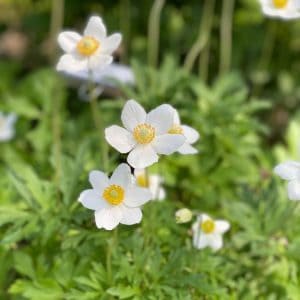
Snowdrop Anemone
Fragrant, lovely white flowers with yellow stamens bloom mid-Spring to early-Summer above finely textured blue-green foliage. Prefers shade to partial shade, and moist, well-drained soil. Grows 8-12″ tall and 12-18″ wide. Attracts pollinators. Deer and rabbit resistant. Salt tolerant.
“Tonight, as I opened my window
And looked at the far away sky,
I breathed in the air, cold and frosty,
And gazed at the stars up so high.
And, then, I was suddenly conscious
That snowflakes were swirling around—
The very first snow of the season!—
Fast falling, without any sound.”
~Gertrude Tooley Buckingham
Warm wishes,
Kim Sweeney

Another alternative to salt is magnesium chloride. It melts snow and ice down to -13°F. It releases 40% less chloride than either rock salt or calcium chloride and is less damaging to vegetation and is also considered a pet safe alternative.
Great tip! Thanks for sharing!